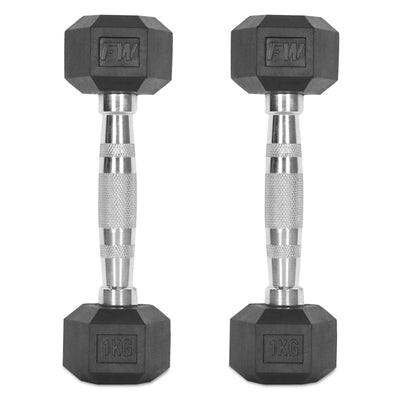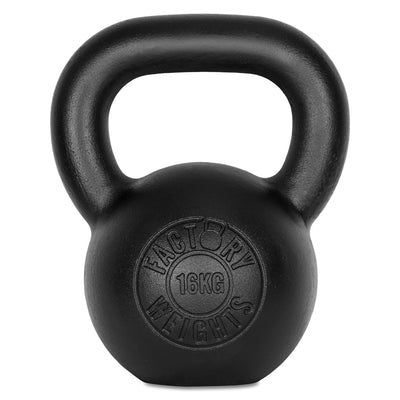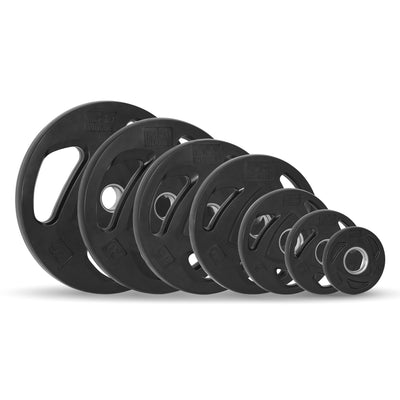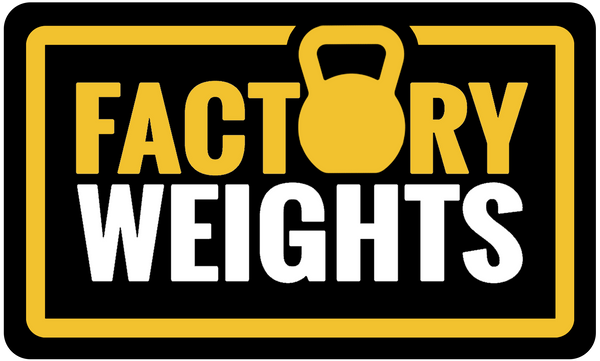Stretching Beyond the Basics: Advanced Flexibility Workouts
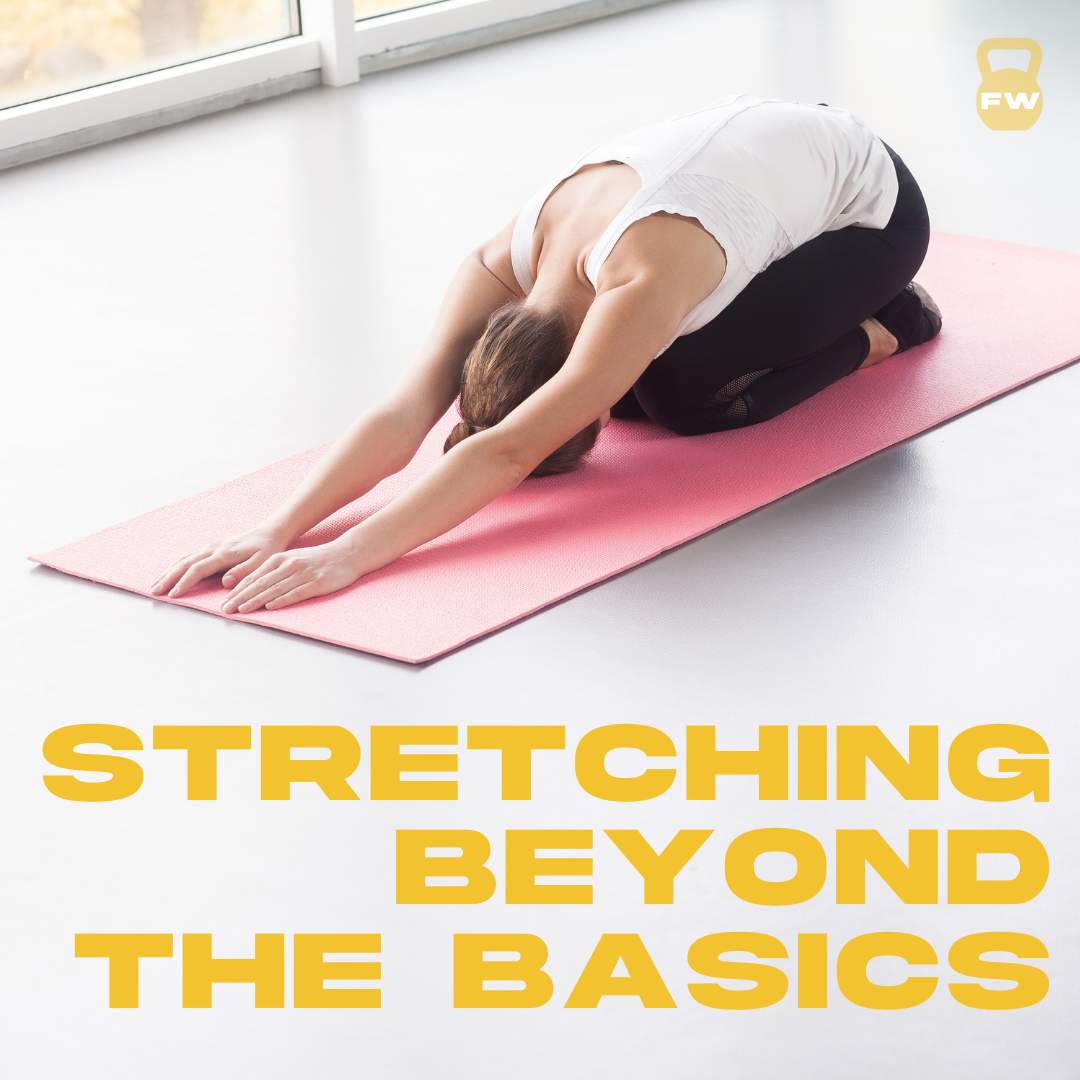
Take your flexibility game to the next level with these advanced stretches! From foam rolling to eccentric stretching, our advanced flexibility workouts will challenge your body and take you beyond the basics. Are you ready to stretch your limits?
Stretching is an essential part of any fitness routine, as it can help improve flexibility, reduce muscle soreness, and prevent injury. However, for those who have been incorporating stretching into their fitness routine for some time, it can become easy to fall into a routine of basic stretches. While these basic stretches are still beneficial, adding in advanced flexibility workouts can take your stretching routine to the next level and help you achieve even greater results.
In this article, we'll discuss some advanced flexibility workouts that you can add to your routine to help improve your range of motion, flexibility, and overall physical performance.
PNF Stretching
Proprioceptive Neuromuscular Facilitation (PNF) stretching is an advanced stretching technique that involves alternating between contracting and relaxing muscles. PNF stretching is usually done with a partner but can also be done solo using a resistance band or other prop. To perform PNF stretching, you will stretch a muscle group to its limit, then contract the muscle against resistance for a few seconds, and then relax and stretch the muscle further. This technique is particularly effective for improving flexibility in tight muscles.
Active Isolated Stretching
Active Isolated Stretching (AIS) is a technique that involves holding a stretch for a short period of time (1-2 seconds) and then releasing it. This technique is repeated several times, gradually increasing the range of motion each time. AIS is particularly useful for improving flexibility in areas such as the hips, lower back, and hamstrings.
Yoga
Yoga is a form of exercise that combines stretching, strength training, and mindfulness. There are many different types of yoga, but all forms of yoga involve stretching and holding poses for an extended period of time. Yoga can help improve flexibility, balance, and strength, making it an excellent addition to any fitness routine.
Dynamic Stretching
Dynamic stretching involves stretching while moving. This type of stretching is particularly useful for warming up before a workout, as it can help improve blood flow to the muscles and increase range of motion. Dynamic stretching can also be used to improve flexibility in specific areas, such as the hips, shoulders, and ankles.
Foam Rolling
Foam rolling is a self-myofascial release technique that involves using a foam roller to apply pressure to the muscles. Foam rolling can help release tightness and tension in the muscles, improve blood flow, and increase flexibility. Foam rolling can be particularly effective for improving flexibility in the lower back, hips, and legs.
Resistance Band Stretches
Resistance band stretches are an effective way to improve flexibility in the arms, shoulders, and upper back. To perform a resistance band stretch, hold one end of the band with your hand and the other end with your opposite hand. Slowly stretch the band out to the side, focusing on using your muscles to control the movement. Hold the stretch for a few seconds, and then release.
Eccentric Stretching
Eccentric stretching involves using a weight or resistance band to slowly lower a weight or stretch a muscle. This technique can help improve flexibility by increasing the muscle's ability to lengthen under tension. Eccentric stretching is particularly effective for improving flexibility in the hamstrings and calves.
In conclusion, incorporating advanced flexibility workouts into your routine can help you achieve greater flexibility, range of motion, and overall physical performance. It's important to remember that these techniques should be approached with caution and care, particularly if you have any existing injuries or medical conditions. Speak to a qualified fitness professional before trying any new exercises or techniques, and always listen to your body to avoid injury.
